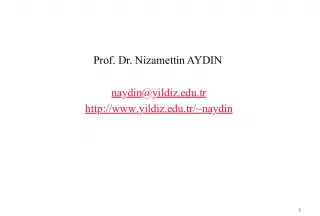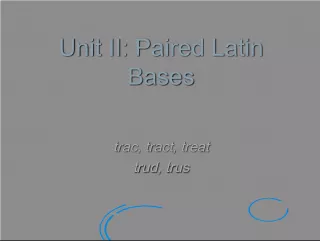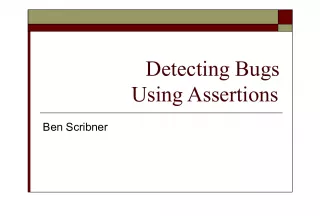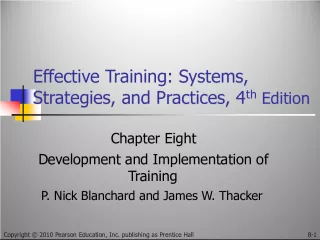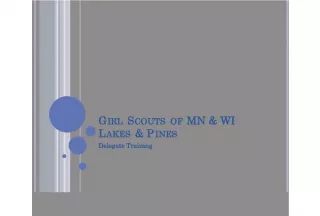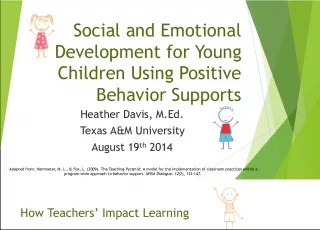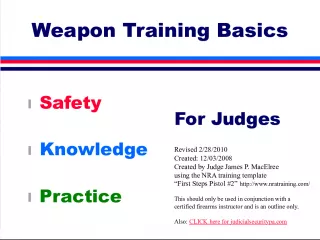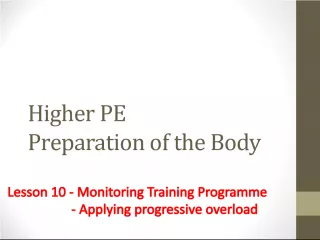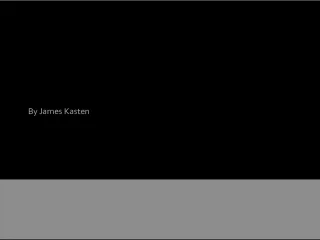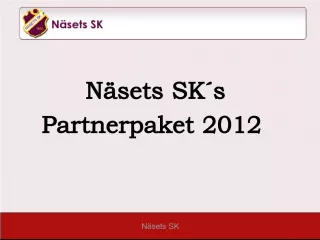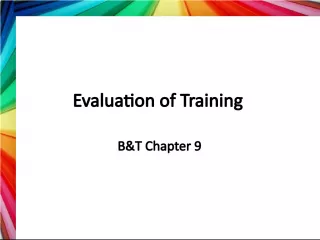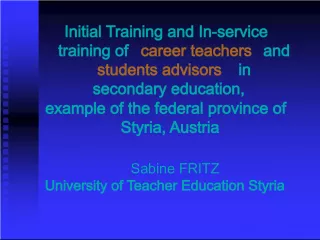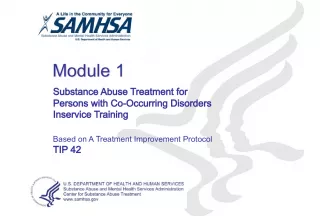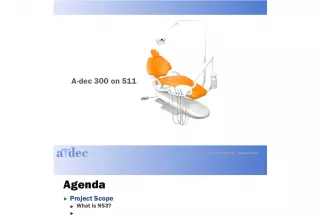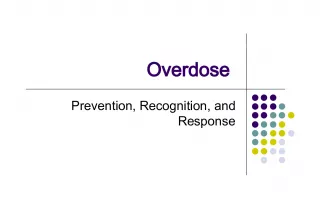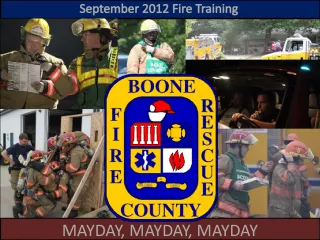Behavioral Interview Training to Reduce Common Interviewing Errors
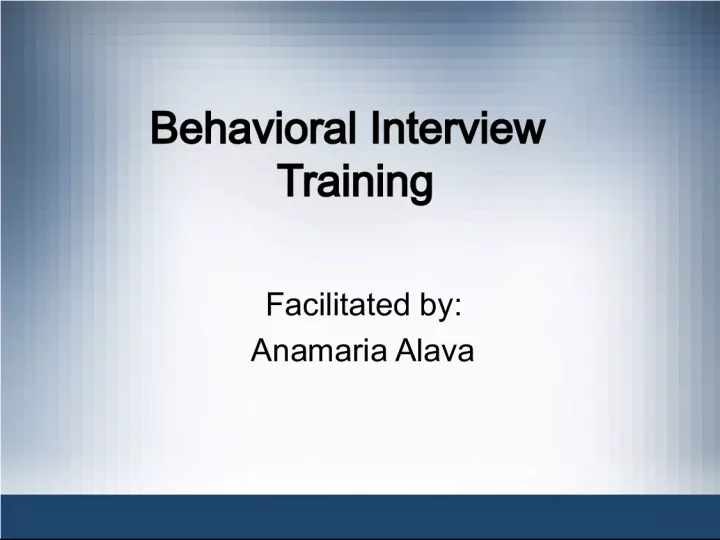

This training, facilitated by Anamaria Alava, focuses on behavioral interviewing, which has been shown to be a valid predictor of job performance. The training covers common interviewing errors,
- Uploaded on | 3 Views
-
 leah
leah
About Behavioral Interview Training to Reduce Common Interviewing Errors
PowerPoint presentation about 'Behavioral Interview Training to Reduce Common Interviewing Errors'. This presentation describes the topic on This training, facilitated by Anamaria Alava, focuses on behavioral interviewing, which has been shown to be a valid predictor of job performance. The training covers common interviewing errors,. The key topics included in this slideshow are . Download this presentation absolutely free.
Presentation Transcript
Slide1Behavioral InterviewTraining Facilitated by: Anamaria Alava
Slide2Common Interview Errors• Halo effect • Relying on gut feeling • Use of illegal questions • Failure to probe
Slide3Why behavioral interviewing?• Research shows it is a valid predictor of job performance because questions are focused on past behaviors that are job related. • Use of structured behavioral interview leaves no room for illegal questions. • To reduce cost associated with bad hiring decisions.
Slide4How would you benefit from thistraining? • Higher incentives due to better ratings from hiring managers on quality of hires • Lighter workload as a result of a decrease in turnover rate. • Improved interviewing skills
Slide5Training objectives• To learn about the characteristics of behavioral interviewing • To become familiar with relevant laws and understand what questions can and cannot be asked • To learn how to conduct behavioral interviews
Slide6Characteristics of BehavioralInterviews • Based on job analysis • Use open ended questions related to specific competencies that are key to successful performance • Use of follow up questions for probing • Detailed note taking • Rating system based on job analysis criteria
Slide7Important Legislation• Title VII of the Civil Rights Act of 1964 • Civil Rights Act of 1991 • Americans with Disabilities Act of 1990 • The Age Discrimination in Employment Act of 1967
Slide8Exercise – Legal or IllegalQuestion? • I notice you have a foreign accent. Where are you from? • You need to be at least 18 years old to be eligible for this position. How old are you? • You speak unusually slow. Are you on any type of medication?
Slide9Conducting the Interview• Review resume and application in advance • Select a room free of distractions • Follow the interview guide • Greet the applicant and build rapport to make him/her feel at ease • Describe the interview plan • Collect information on previous work history
Slide10Conducting the Interview (cont.)• Ask open ended questions on the guide to obtain information about past behaviors • Use follow up questions to find out more information if needed • Take notes on job related examples. Focus on the situation, the behavior, and the outcome.
Slide11Conducting the Interview (cont.)• Review position with the applicant • Answer applicant’s questions • Explain the next step. Refrain from making any promises. • Evaluate each competency using the rating scale. Base decision on successful behaviors displayed by applicant.
Slide12Exercise• Listen to the applicant’s response and take notes on the space provided on the guide for each of the three sections: situation, behavior, and outcome. • Rate the individual using the scale provided in the guide.
Slide13Questions?

